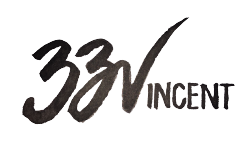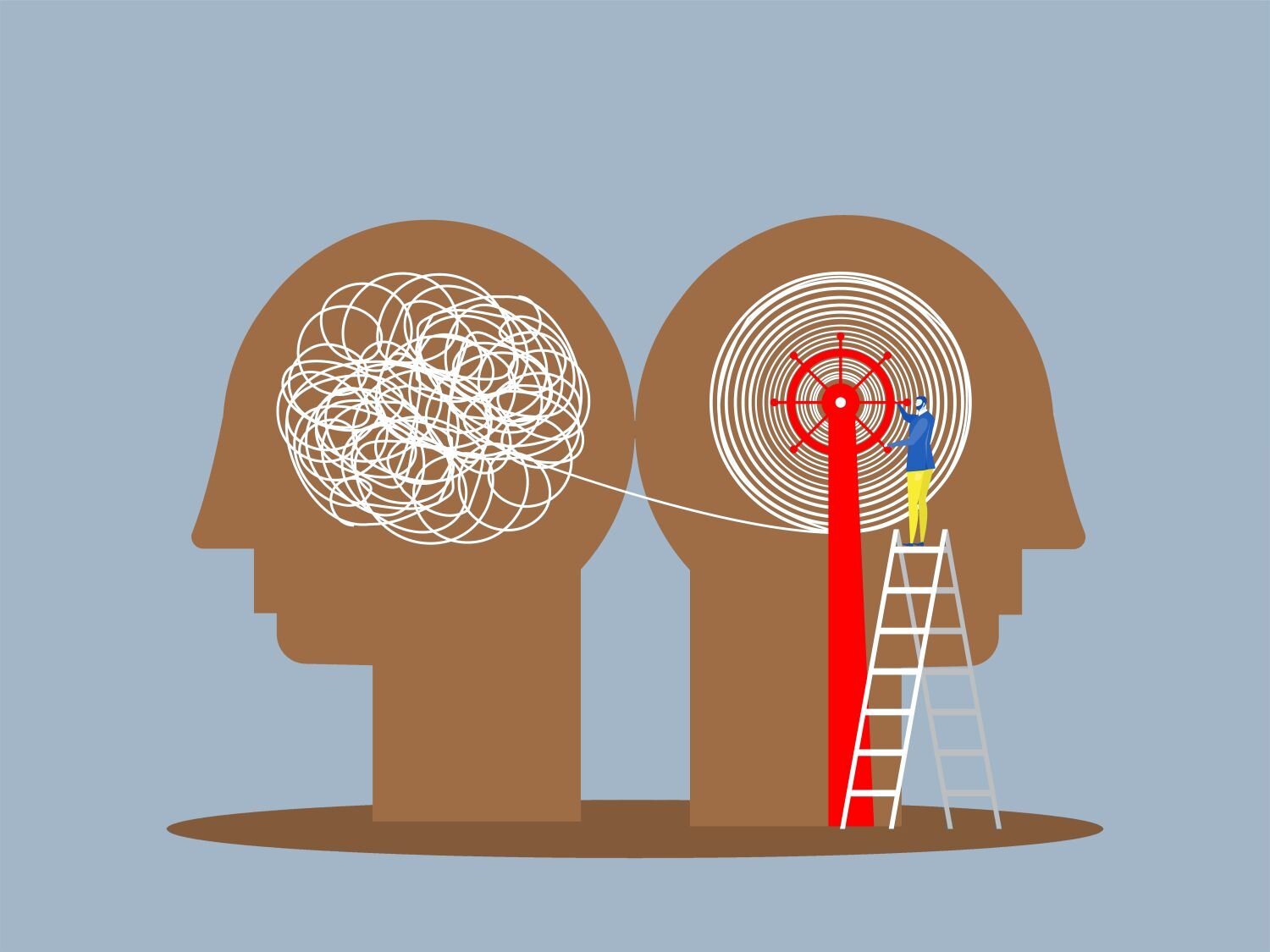What Does an Executive Assistant Do?
In short, an effective Executive Assistant coordinates the chaos so their executive can focus on leading, achieving their goals, and increasing their impact. At its core, the Executive Assistant job description is a healthy mix of detail-orientated work (calendar management, travel planning, note-taking, etc.) and strategic thinking with the ability to problem solve on the fly and multi-task like a pro!
Executive Assistant Job Description
Executive Assistant job descriptions vary from company to company and even from executive to executive based on their needs, goals, and working style. While the Executive Assistant job description is not one size fits all, there are some skills and tasks that most EAs find themselves owning:
Calendar and Inbox Management
Travel planning
Event planning (meetings, webinars, etc)
Special projects management
Diplomacy and discretion with confidential information
Excellent communication skills - written and verbal
High attention to detail
Time management and quick deliverables
Expense management
Exceptional organizational skills
Strategic gatekeeping and diplomacy
You may be asking, what does an Executive Assistant do to set themselves apart from similar roles, like an administrative assistant or an executive secretary?
An Executive Assistant goes beyond completing recurring administrative tasks, and elevates the impact of both their own work and their executive’s. A calendar becomes more than a simple scheduling tool, instead protecting an executive’s time and boosting their productivity. Proper planning of meetings doesn’t just confirm everyone can attend, it ensures that meeting is actually necessary, stays focused, and produces results.
How an Executive Assistant Impacts the Whole Organization
An Executive Assistant’s impact is far-reaching, and affects things like staff morale and even company performance. Many C-level executives are big picture thinkers, dreamers, and planners. These executives set a strategic vision for their team, and know how to manage people and projects to achieve business goals
In order for them to do this effectively, they need a strategic partner. As a strategic partner, an executive assistant works through all the details so that their client is able to focus on the bigger picture. When an executive is freed from the world of details they can focus on being a more effective leader, and attending to the company’s vision, direction, and strategy.
Strategic Gatekeeping and Diplomacy
Two of the most influential and impactful aspects of the Executive Assistant job description are strategic gatekeeping and diplomacy.
Strategic gatekeeping is more nuanced than simply accepting or declining meetings. Good strategic gatekeeping means knowing your client well—their work style, preferences, and priorities—in order to turn their ideal priorities and schedule into reality. This involves managing up, holding their executive (and their teams) accountable, and planning their days to align with their core values and vision. Strategic gatekeeping also ensures the EA’s executive maintains a healthy work pace that allows them to perform their best for the long haul.
I am often asked, “What does an Executive Assistant do that is so special?” An Executive Assistant will have access to highly confidential information that ranges from salaries, HR decisions, acquisitions, private appointments, and more. They make important decisions with executive time and focus. Clients need to trust their EA, and one of the greatest ways to earn executive trust is to demonstrate discretion and diplomacy around their work.
Here’s a Real-World Example:
One of our executives had a team of five direct reports who were frequently requesting one-off meetings in addition to their standing weekly check-in meetings. This was hindering the executive’s ability to focus on important tasks and taking away precious work blocks. Worse yet, they didn’t even realize how much time this was actually wasting!
TIn this specific situation their Executive Assistant simply pointed out how much time was being lost, and suggested that team members use a shared productivity tool (Asana, Monday, Basecamp, etc) to update their weekly check-in items with questions. This helped the staff streamline their project management process and “pause” to reflect on the question’s urgency instead of requesting an additional meeting. It also helped the executive discern what was time-sensitive vs. what could wait, and resulted in fewer meetings, and more productive weekly 1:1s.
The leader’s Executive Assistant acted as a strategic gatekeeper and “managed up.” By taking time to reflect on the problem and providing a solution to this one problem, they managed to save their executive several hours each week and potentially hundreds of hours throughout the year!
When an executive is stressed or overwhelmed, they are not leading at their best. This has negative impacts that trickle down to staff through canceled meetings, last-minute requests, postponed deadlines, and more. This unnecessary stress can damage performance or even partner relationships. A proactive EA is always thinking two steps ahead and often foresees these issues (just like the example above) before they become a crisis.
What an Executive Assistant is Not
Many people are not familiar with the Executive Assistant job description and often ask us the question, “What does an Executive Assistant do anyway?” (That’s why we’re writing this article!)
There are a lot of misconceptions out there about the EA role. An Executive Assistant is not a secretary or administrative assistant! While there may be some overlap between the two roles, they are distinct in some key ways
An Executive Assistant is privy to more confidential information, manages projects, and often has more interaction with the senior executive and their team, instead of general management or staff. Traditionally, the secretary or administrative assistant is an important external-facing role, and helps with things like customer service, reception and phone answering, and general office management. An EA, on the other hand, is an internal-facing role that supports the senior leadership, collaborates with others, and sets a work pace for their executive.
Another misconception is that executive assistants are the same personal assistants. There may be some overlap or personal requests made to an EA, but the foundation of the EA role is professional partnership and support. Simply put, a personal assistant is often hired by an individual or family to help manage their private household while an executive assistant is hired by a company and reports to a C-level executive.
Finally, while on paper the Executive Assistant job description may seem routine, the EA role is not a stuffy and boring job! It’s fast-paced, different each day, exciting, and rewarding. Whether you are a virtual Executive Assistant or an in-person EA, there are always more projects you can support, areas you can lean into, problems to help solve, and games of Calendar Tetris to play.
Next Steps
An executive assistant will live in the details and collaborate with you to elevate your focus and enhance your productivity. If you’re interested in finding out how an executive assistant can support you, click the button below and a member of our team will be in touch!
33Vincent has many other resources to help you maximize your time and communication with your executive assistant.


